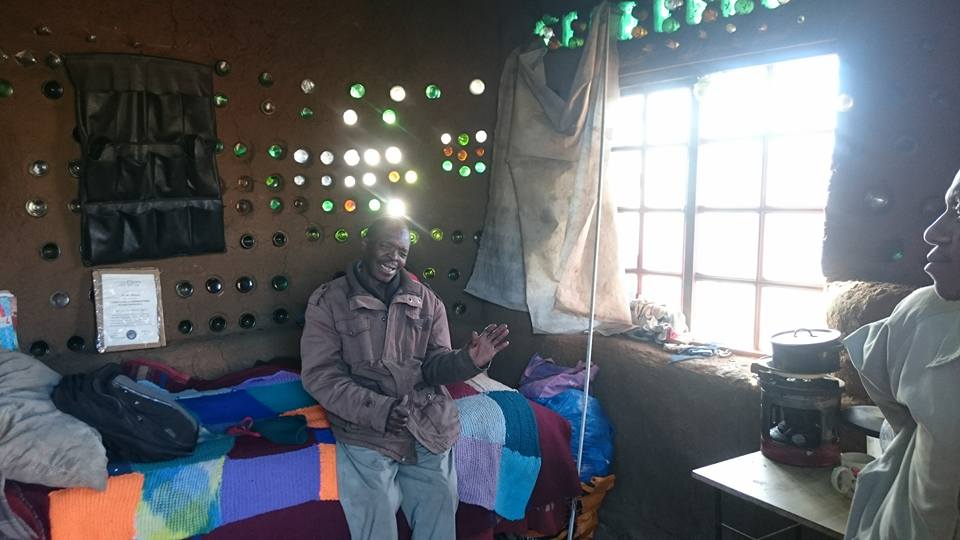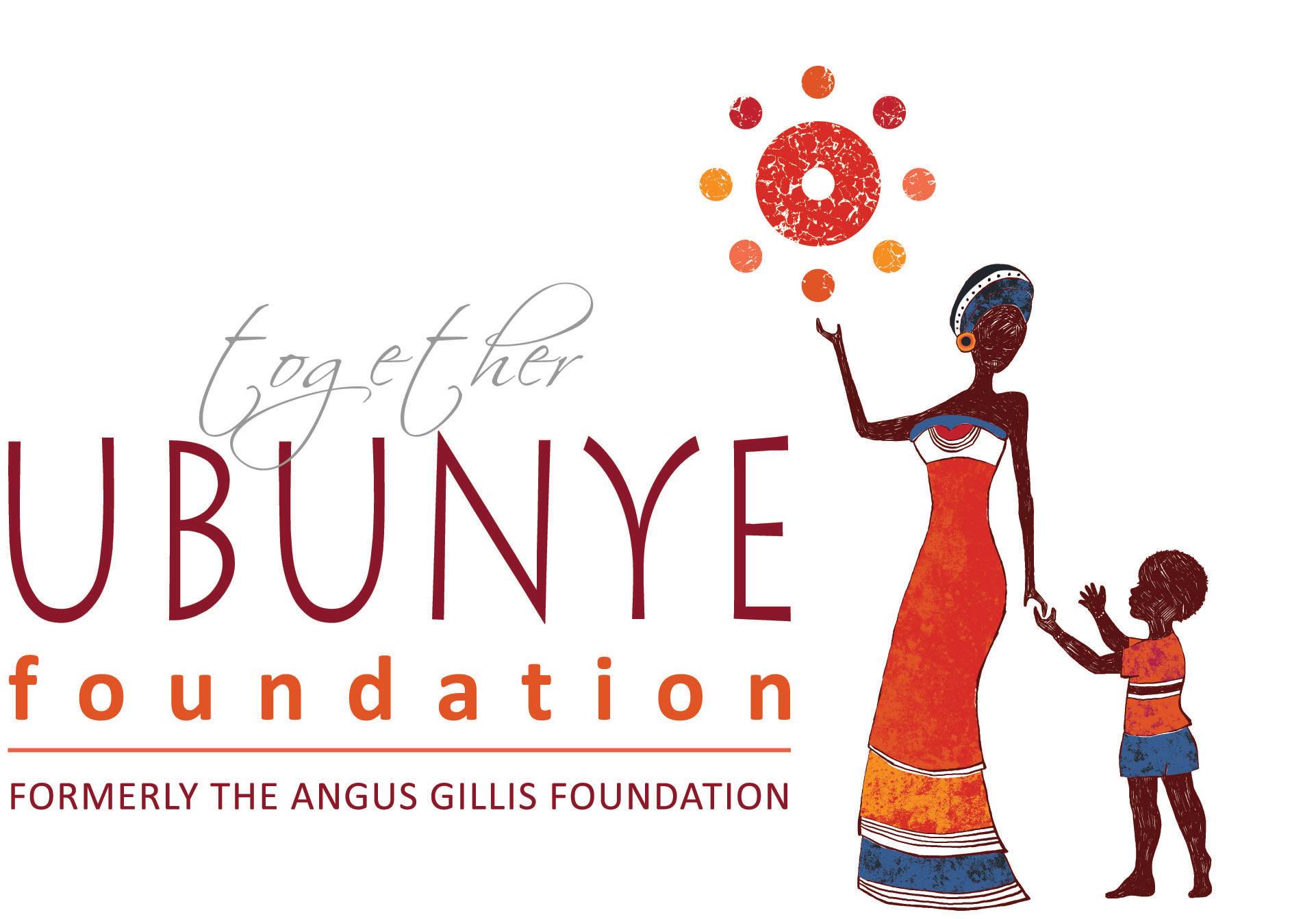Since the 1970s, a few natural builders around the world began to incorporate waste materials such as compacted tyres and glass bottles to provide additional strength to their constructions. We, therefore, use the word post-natural to describe the advancements made with natural methods to include the ‘new’ abundant resources falling in the category of waste. Abram created an innovative, appropriate and regenerative shelter pioneering ways forward to show how shelter could like like to survive in a climate-changing world.
What skills and resources were you able to draw from the community for this project?
Abram used to be a builder in his younger years and his technical skills and mentorship on structural building elements proved invaluable during post-natural building processes. Abram's health history (he was a stroke and cancer survivor at the time of the research) and age made him a role model and inspiration to the youths who participated in the skills transfer programme. According to the community occupational therapist at the local clinic, Abram went from being a patient at the clinic to ultimately becoming a therapist and facilitator of health to his community. Abram worked independently on the house and made most critical decisions relating to the design and size of the house himself, albeit often seeking advice from the core group of training beneficiaries. community participants mobilised themselves to volunteer at the project of their choice. Community participants, including students, liaised directly with Abram on how they wanted to be involved in the process.
The challenges
the building codes in South Africa give little consideration on the value natural materials, and by implication, potential post-natural technologies have to address the housing backlog in the country. Often in times of crises, policymakers turn to invest in ‘new’, expensive green technologies while overlooking the potential of natural – or rather what we now term post-natural technologies with the inclusion of the ‘new’ abundant resource called waste. However, standardisation and fast, instant solutions in the construction sector are the norm and are promoted through housing codes. Hundreds of individuals trained in these methods cannot further a career or pro-actively address the housing challenges in South Africa. Twenty-five years after the end of apartheid an appreciation for local knowledge and evolving indigenous methods, which include post-natural materials, still has to find its place in our legislation. The lack of inclusivity of natural methods in the codes show a disregard for local knowledge and is a major factor contributing to climate change and the growing housing backlog in the country
Addressing the challenges
Qualitative research showed that in addition to providing shelter, regenerative development encourages artistry and imagination, gets members of the community to work together, promotes social empowerment, improves physical and mental health, advance environmental attachment to a place, and fosters enjoyment
The achievements
Abram, in his technical advisory capacity, has been mentoring the emerging change agents and various community members in Bultfontein to utilise innovative building methods to construct a community arts centre. Noteworthy is that the participation of youths in the project rapidly increased since Abram's presence on the training site. Abram's age, and fact that he is living in his own constructed house based on the methods, contributed positively to the increase in trainees










